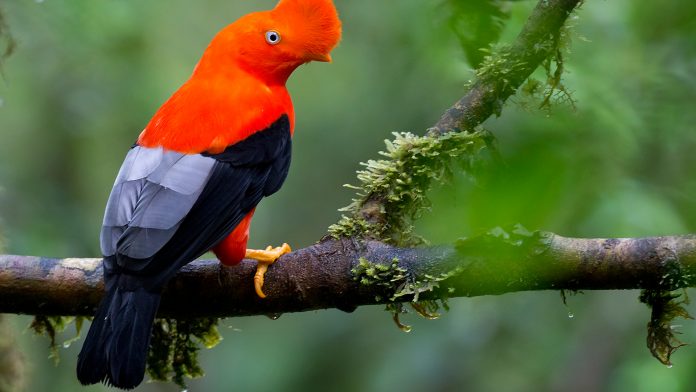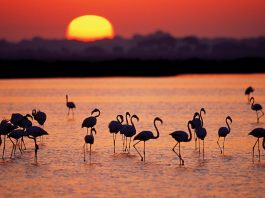A team of researchers has identified biodiversity cold spots as the ideal environment for rapid diversification, contradicting previous studies.
Scientists from Louisiana State University (LSU), USA, report that new species form in the Amazon rainforest less often than previously thought. Places like deserts and mountain tops that do not have a lot of species provide more opportunity for rapid diversification. This paradox of diversity, that new species form at a faster pace in ‘cold spots’ than hotspots, was discussed by the team in a paper entitled ‘The evolution of a tropical biodiversity hotspot’.
The international team of scientists examined diversity in a major group of tropical birds and found that although coldspots might be extreme with dry, unstable environments, they are also relatively empty, giving new species the room to evolve. In contrast, biodiversity hotspots like the Amazon rainforest are the result of the gradual accumulation of species over time.
Robb Brumfield, the LSU Department of Biological Sciences Roy Paul Daniels Professor and LSU Museum of Natural Science Curator of Genetic Resources, said: “Our results reveal a model in which species are forming faster in environmental extremes but have accumulated in moderate environments to form tropical biodiversity hotspots.”
Examining tissue samples from 747 bird species
The team observed this paradox in the vast collections maintained by US natural history museums. The LSU Museum of Natural Science and its frozen tissues collection, which is the oldest and largest of its kind in the world, contributed tissues for 747 of the 1,287 bird species that are part of this study.
Co-author Fred Sheldon, the LSU Department of Biological Sciences George H. Lowery, junior Professor and LSU Museum of Natural Science Curator of Genetic Resources, said: “The remarkable sampling in this study comes from 40 years of fieldwork by curators, students, staff and others, who spent huge amounts of time and money, and risked their personal health, collecting specimens from around the world.”
By analysing the DNA from these museum tissue samples, the authors were able to map the genetic relationships of a predominant group of tropical birds called the suboscine passerines, which represent one out of every three species of birds in the American tropics.
Brumfield said: “This shows that conservation efforts to save the rapidly changing tropical landscape need to focus not only on the species-rich Amazon, but also on regions that are less diverse but contribute disproportionally to the generation of new species, like the wind-swept, cold puna of the Andes Mountains.”









